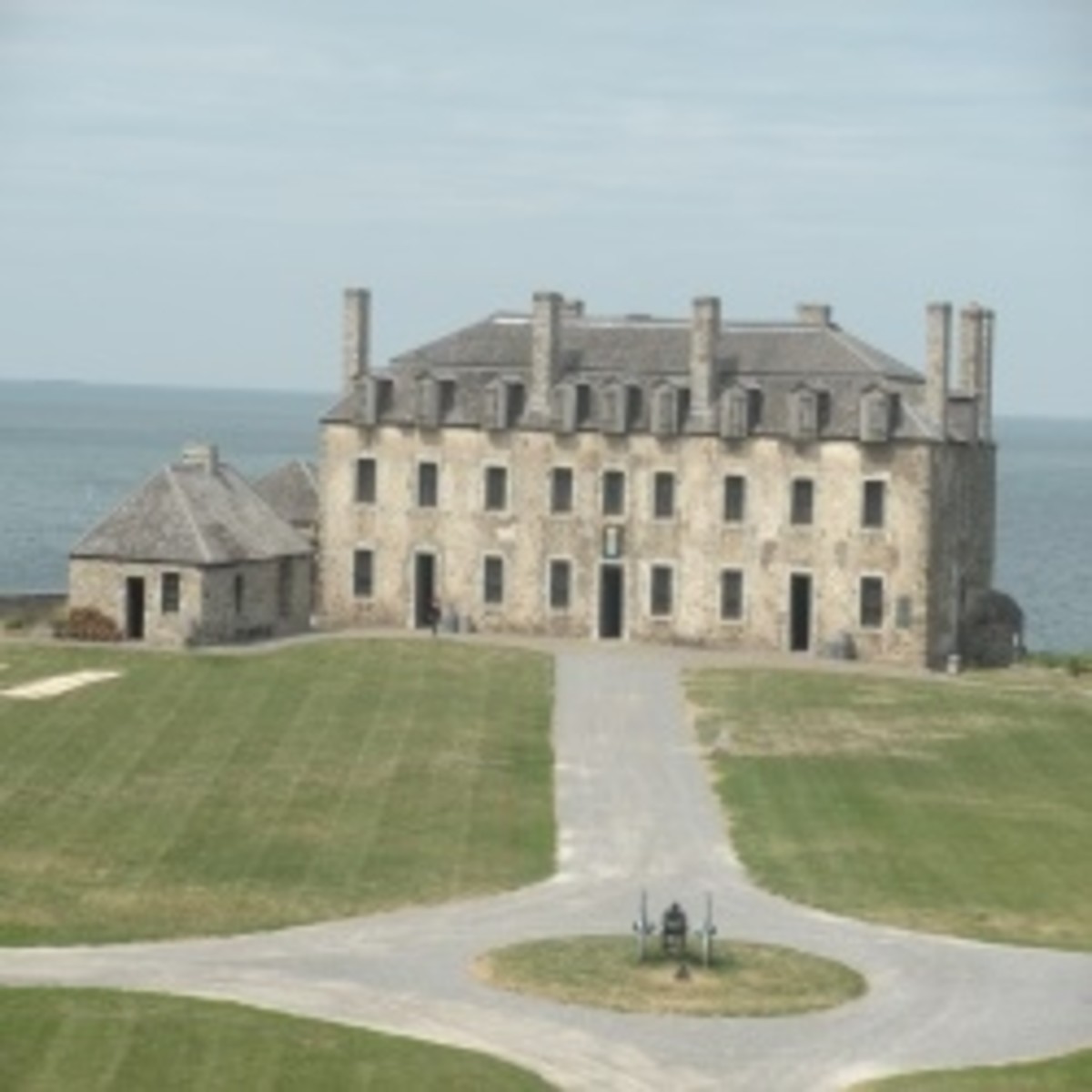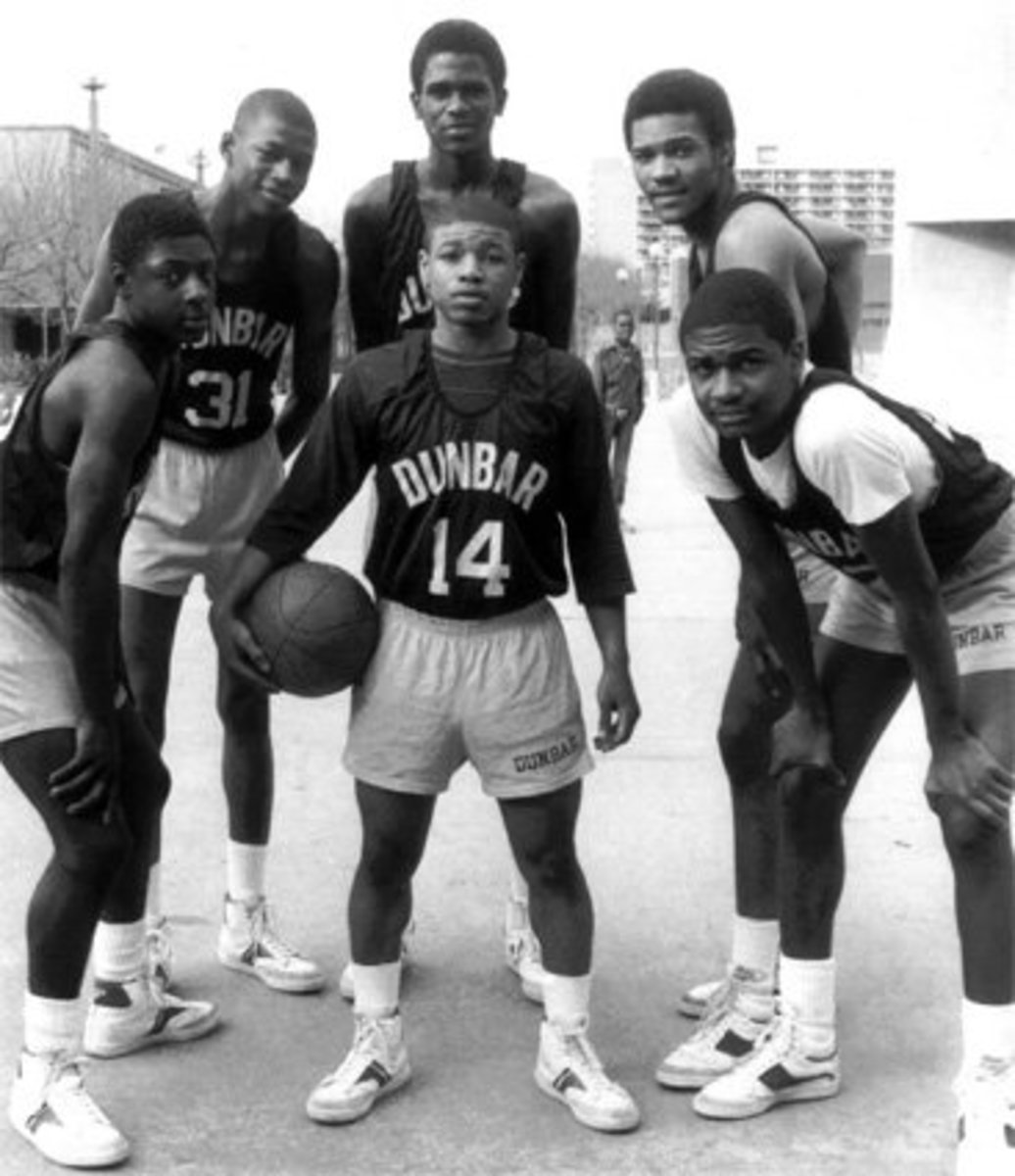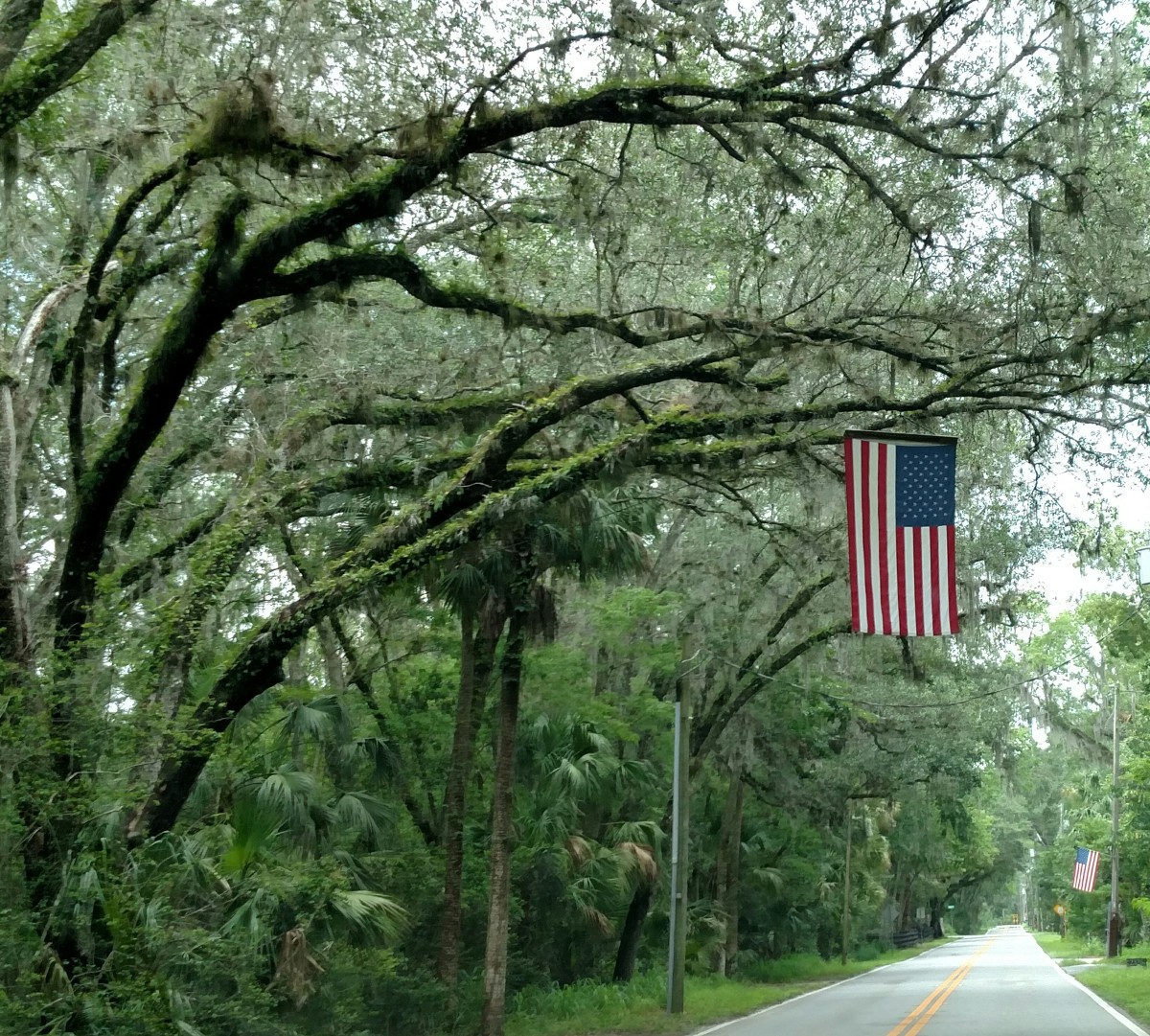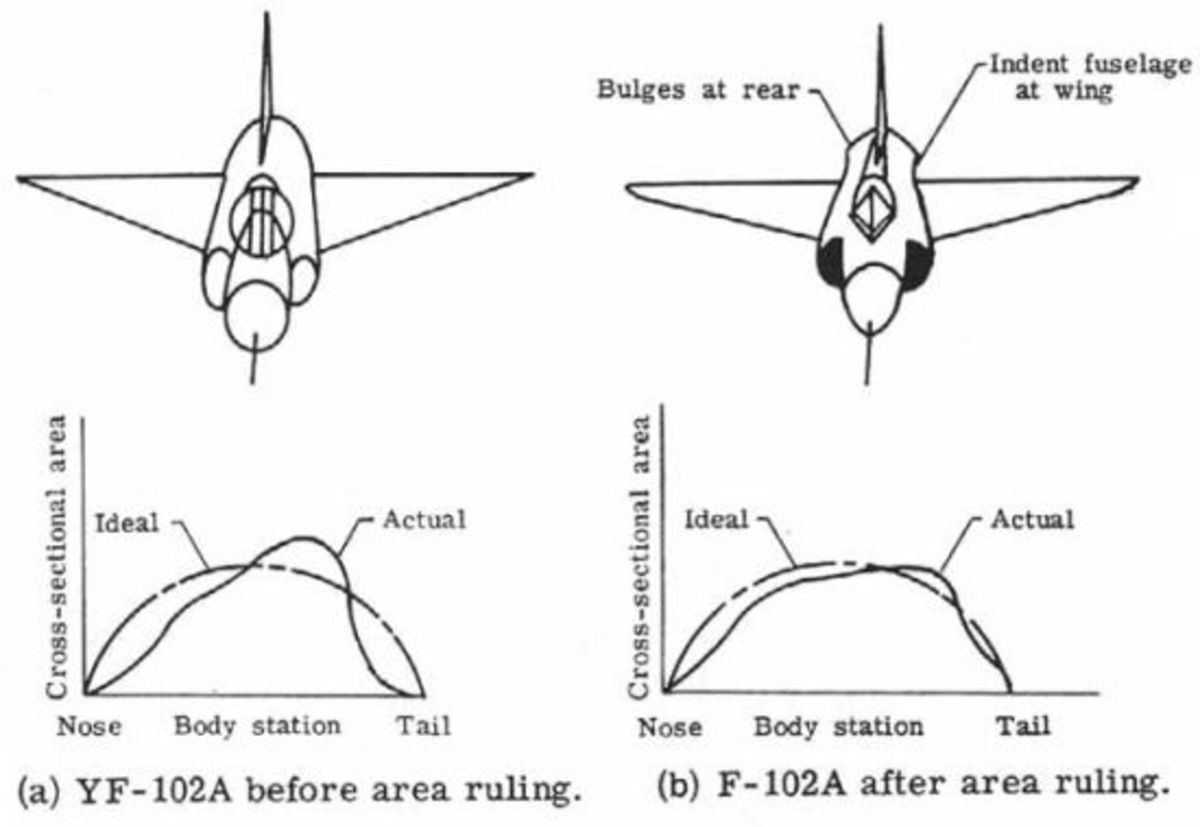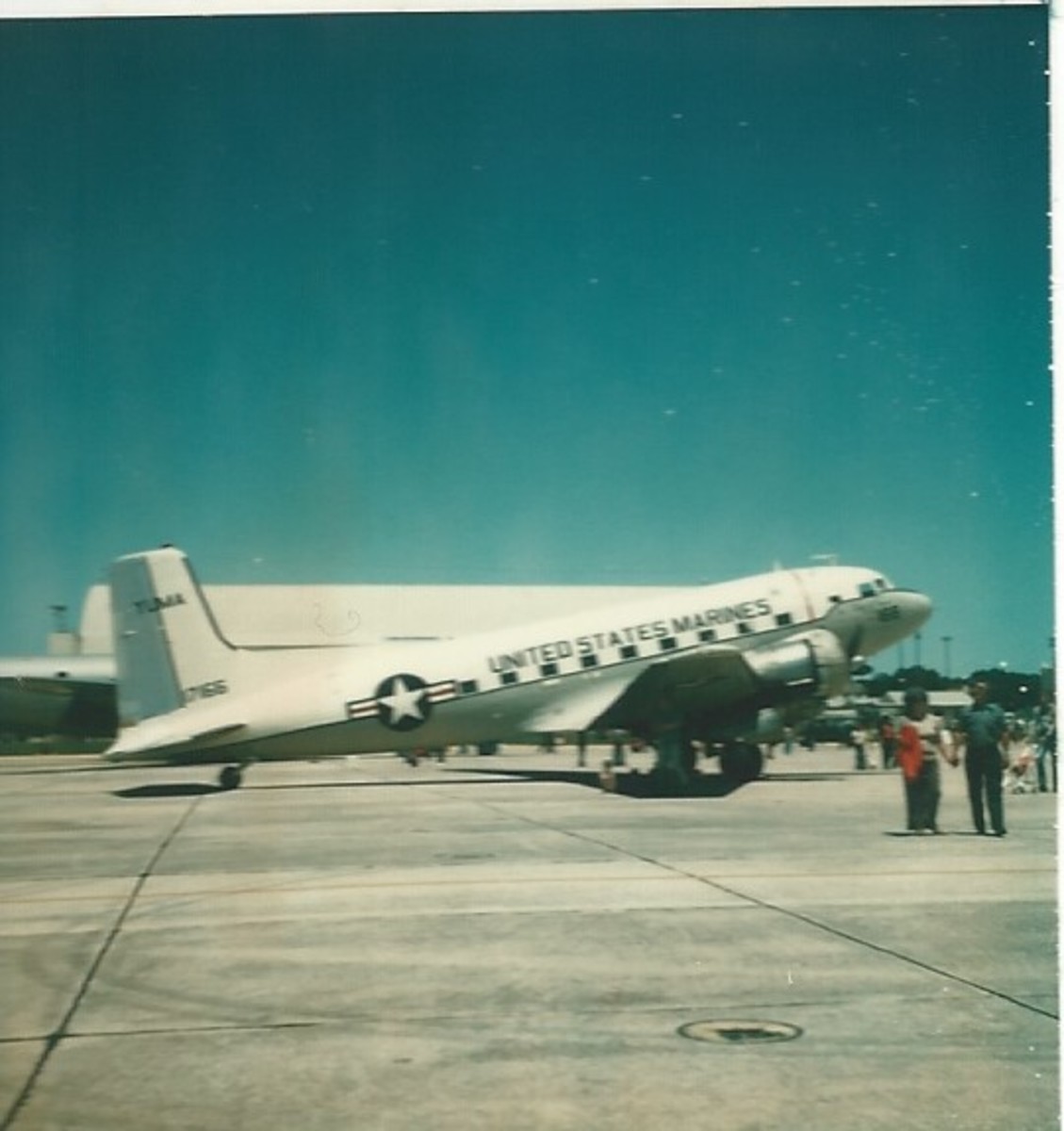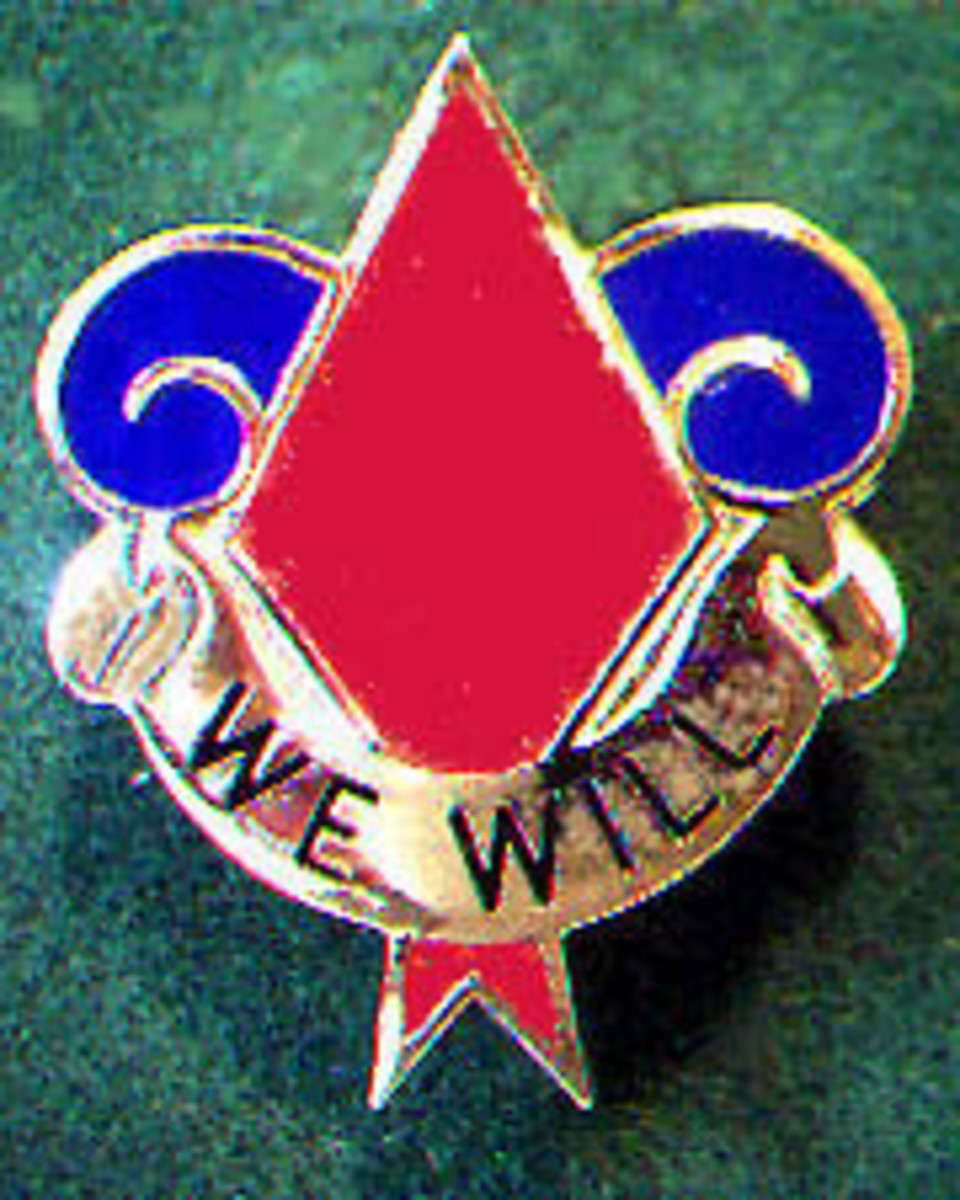Two Great Baltimore Historical Spots
Fort McHenry and USS Constellation
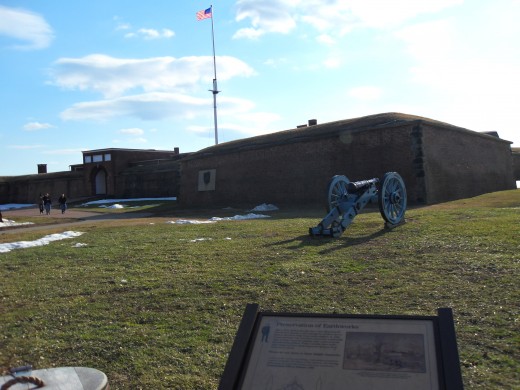
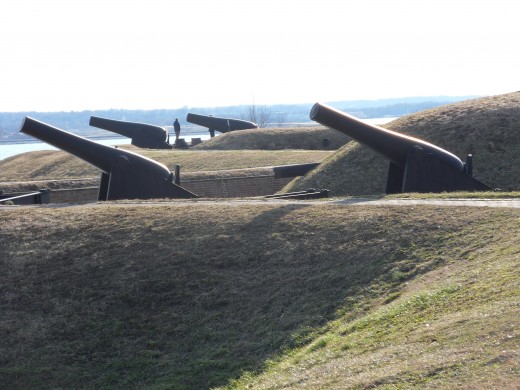
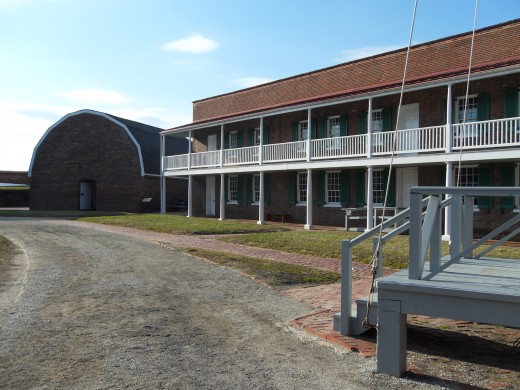
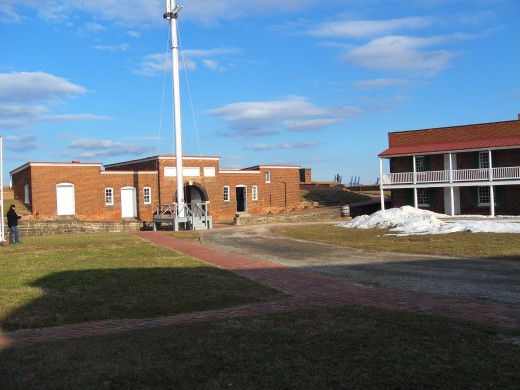
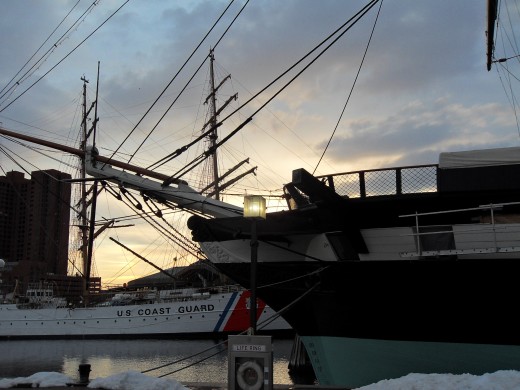
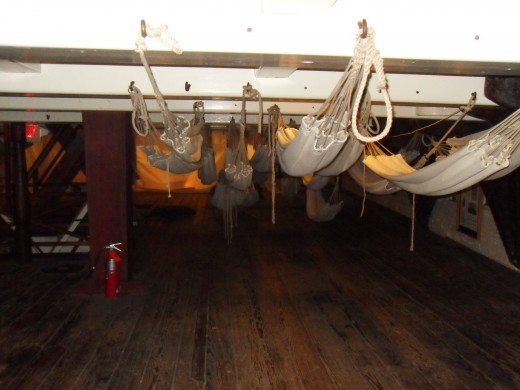
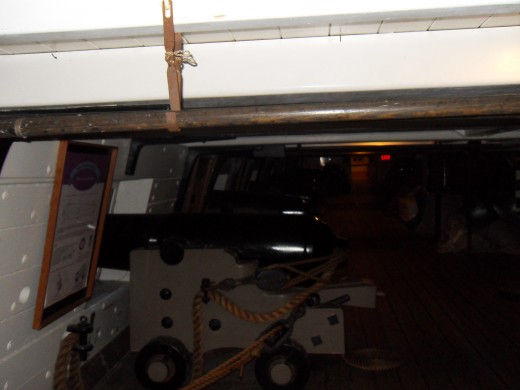
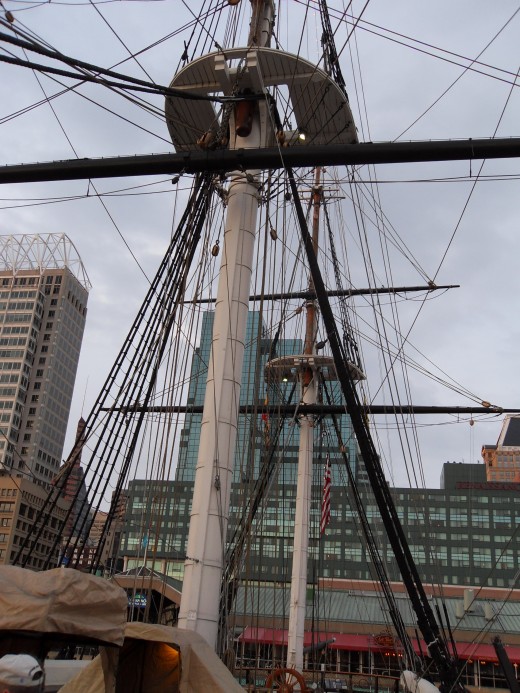
I recently had the opportunity to visit two of the great historical landmarks of Baltimore, Fort McHenry and the USS Constellation.
Fort McHenry is a National Park located at the mouth of Baltimore harbor. It is very assessable, take I-95 exit 55 onto Key Highway, turn left on Lawrence Street and then left on Fort Avenue, proceed another mile to the Fort McHenry National Park. The address for your GPS is 2400 East Fort Avenue, Baltimore, MD 21230. Fort McHenry was built prior to the War of 1812 and is named for James McHenry, Secretary of War, 1796-1800. It was constructed of brick and designed on the five-pointed star concept so that each point around the fort provided interlocking fields of fire. The gun batteries are designed to protect the harbor from enemy warships. In the center of the Fort are the barracks or living quarters for the soldiers. The powder magazines are built into the ramparts for protection from enemy shells and accessibility to the gun crews. During August 1814, the British had marched on Washington and set aflame much of the city. Baltimore prepared its defenses. General Samuel Smith commanded approximately 9000 soldiers for the defense of Baltimore. The fort was constructed to garrison a few hundred soldiers, during the shelling of Fort McHenry the fort was manned by over 1000 soldiers under the command of Major George Armistead. On 12 September the British landed south of Baltimore while their fleet bombarded Fort McHenry on the night of 13 September in an attempt to take the Harbor. Fort McHenry held the harbor while the ground assault was checked at North Point. On 14 October the British fleet withdrew and sailed for Jamaica. During the extensive 25 hour bombardment the garrison suffered four killed and 24 wounded. This landmark is most famous for Francis Scott Key’s observation from the HMS Volcano on September 13th, 1814 during of the British bombardment of the Fort which inspired him to write the Star Spangled Banner in 1814. Major Armistead had directed the construction of a garrison flag "to have a flag so large that the British will have no difficulty in seeing it from a distance." This was the flag observed by Francis Scott Key.It measured 30 feet high by 42 feet long and is now displayed at the Smithsonian’s Museum of American History. For more information visit the National Park Service website at http://www.nps.gov/fomc/index.htm.
The other great historical spot I visited was the USS Constellation which is moored in Baltimore Harbor. Program into your GPS the following address 301 E. Pratt St. Baltimore, MD 21202. It is less than three miles from Fort McHenry to the USS Constellation. Go down East Fort Avenue, right on Lawrence Street, left on Key Highway, right of Light Street, and keep right on East Pratt Street. The ship was built in 1854 and saw service as a sloop-of-war during the American Civil War. It is famous as the last ‘sail-only’ warship built by the US Navy. The ship remained in service until 1955 were she became a Museum ship at her permanent birth at Constellation Dock. Our group was able to spend the night on the ship in the same fashion as the 19th Century sailors of old. We dined as a sailor of the era, toured the ship, explored its history, and slept in a hammock. The Constellation was serviced by a crew of 20 officers, 220 sailors, 45 marines. Some of the USS Constellation’s most famous voyages were conducted in the mid 1800’s while performing diplomatic duties within the US Mediterranean Squadron. She also served as the flagship of the US African Squadron from 1859-1861. During the American Civil War she interdicted slave and commerce ships disrupting trade to the rebellious southern states. She was designated as a National Historic Landmark in 1963 and is currently the last existing naval vessel of the American Civil War era. For more information visit www.constellation.org.
These are two very great landmarks steeped in American History and make for an enjoyable evening visit.

